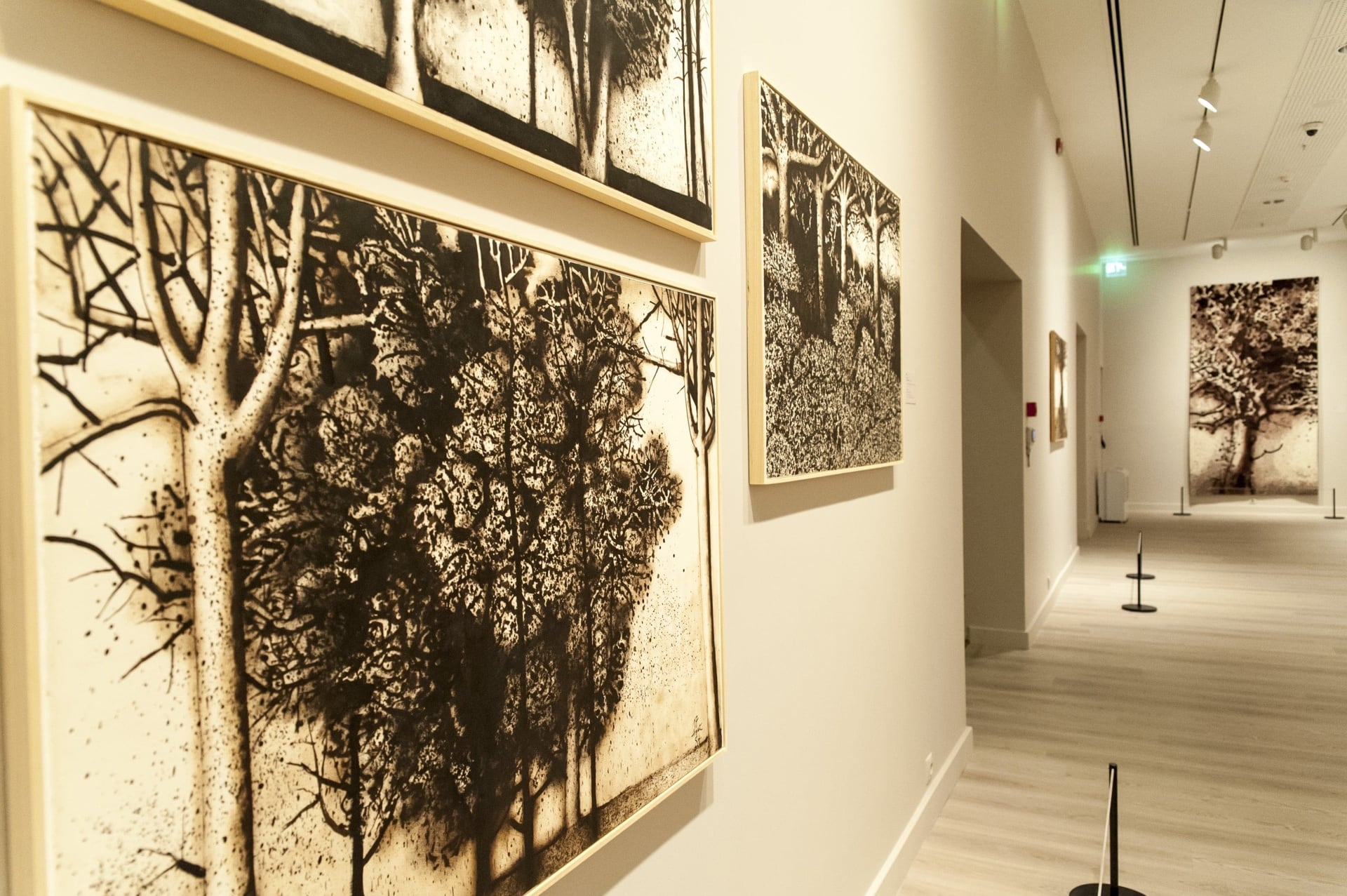Pera Film, launched every year to raise awareness on World AIDS Day, I’m here! continues this year with Visual AIDS' Transmissions selection. The program can be watched online between 1 - 22 December on the Pera Museum’s website.
For Day With(out) Art 2020, Visual AIDS presents Transmissions, a selection of six new videos considering the impact of HIV and AIDS beyond the United States. The video program brings together artists working across the world: Jorge Bordello (Mexico), Gevi Dimitrakopoulou (Greece), Las Indetectables (Chile), Lucía Egaña Rojas (Chile/Spain), Charan Singh (India/UK), and George Stanley Nsamba (Uganda).
The program does not intend to give a comprehensive account of the global AIDS epidemic, but provides a platform for a diversity of voices from beyond the United States, offering insight into the divergent and overlapping experiences of people living with HIV around the world today. The six commissioned videos cover a broad range of subjects, such as the erasure of women living with HIV in South America, ineffective Western public health campaigns in India, and the realities of stigma and disclosure for young people in Uganda.
As the world continues to adapt to living with a new virus, COVID-19, these videos offer an opportunity to reflect on the resonances and differences between the two epidemics and their uneven distribution across geography, race, and gender.
In collaboration with


Program Trailer

Among the most interesting themes in the oeuvre of Prassinos are cypresses, trees, and Turkish landscapes. The cypress woods in Üsküdar he saw every time he stepped out on the terrace of their house in İstanbul or the trees in Petits Champs must have been strong images of childhood for Prassinos.
Tuesday - Saturday 10:00 - 19:00
Friday 10:00 - 22:00
Sunday 12:00 - 18:00
The museum is closed on Mondays.
On Wednesdays, the students can
visit the museum free of admission.
Full ticket: 300 TL
Discounted: 150 TL
Groups: 200 TL (minimum 10 people)